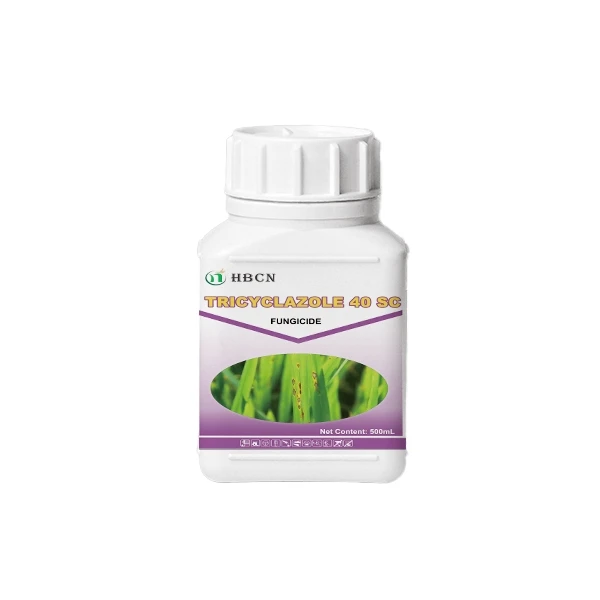
Aug . 19, 2024 14:33 Back to list
Effective Use of Chlorothalonil Fungicide for Optimal Crop Protection and Disease Management
Chlorothalonil Fungicide An Overview
Chlorothalonil is a broad-spectrum fungicide widely used in agricultural practices to protect crops from various fungal diseases. It belongs to the class of compounds known as chloronitriles and is particularly effective against a range of pathogens affecting numerous crops including vegetables, fruits, and ornamentals. Its ability to inhibit fungal growth and development makes it an indispensable tool for farmers aiming to enhance crop yield and quality.
Mechanism of Action
Chlorothalonil works by disrupting the cellular processes of fungi. Specifically, it targets the respiration and metabolic functions of fungal cells, leading to cell death. The compound binds to specific proteins and enzymes that are critical for the fungus's growth, effectively stopping the spread of the disease. This mode of action allows for the control of a wide variety of fungi, including those responsible for diseases such as powdery mildew, leaf spots, and blights.
Applications in Agriculture
In agricultural settings, chlorothalonil is used on a diverse array of crops including tomatoes, potatoes, and ornamentals. Its efficiency in preventing disease outbreaks helps reduce the need for more potent or toxic chemicals, thereby promoting an integrated pest management approach. Farmers often rely on chlorothalonil not only for its fungicidal properties but also for its residual activity, which provides prolonged protection after application.
The application rates and timing of chlorothalonil can vary based on the specific crop and disease being targeted. It is typically applied as a foliar spray, and its effectiveness is maximized when used preventively or at the early stages of fungal development. This strategic application helps ensure that crops remain healthy and productive throughout their growing season.
chlorothalonil fungicide product

Environmental and Health Considerations
While chlorothalonil is effective as a fungicide, it is important to consider its potential impacts on the environment and human health. The compound has raised concerns due to its classification as a possible human carcinogen. Regulatory agencies, including the Environmental Protection Agency (EPA) in the United States, have implemented measures to ensure its safe use. This includes establishing Maximum Residue Limits (MRLs) and requiring proper application techniques to minimize exposure and environmental contamination.
Farmers and agricultural workers are encouraged to follow safety guidelines, including wearing protective gear and adhering to recommended application rates. Additionally, the potential for chlorothalonil to affect non-target organisms, such as beneficial insects and aquatic life, necessitates careful consideration during its use.
Resistance Management
One of the challenges in using chlorothalonil and other fungicides is the development of resistance among fungal populations. To mitigate this risk, it is crucial to incorporate fungicides with different modes of action into pest management strategies. Rotating chlorothalonil with other fungicides can help reduce the likelihood of resistance and maintain its effectiveness over time.
Conclusion
Chlorothalonil remains a vital component of modern agriculture, providing effective protection against fungal diseases that threaten crop integrity and yield. While its benefits are significant, responsible usage must be prioritized to safeguard both human health and the environment. As research continues, advancements in sustainable agricultural practices will hopefully lead to alternatives that maintain efficacy while reducing potential risks associated with traditional fungicides like chlorothalonil. In this way, a balance can be struck between agricultural productivity and environmental stewardship.
-
Azoxystrobin: Broad-Spectrum Fungicide Solutions
NewsAug.11,2025
-
Best EPA Boscalid: Superior Crop Fungicide for Max Yields
NewsAug.11,2025
-
Best Willowood Imidacloprid: Superior Pest Control Solutions
NewsAug.10,2025
-
Best EPA Boscalid Fungicide: Ultimate Crop Protection
NewsAug.09,2025
-
Cyprodinil Fungicide: Broad-Spectrum Crop Protection
NewsAug.08,2025
-
Tembotrione Herbicide: Advanced 8% OD for Broad Spectrum
NewsAug.07,2025
